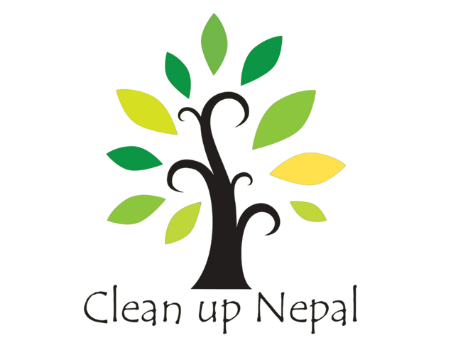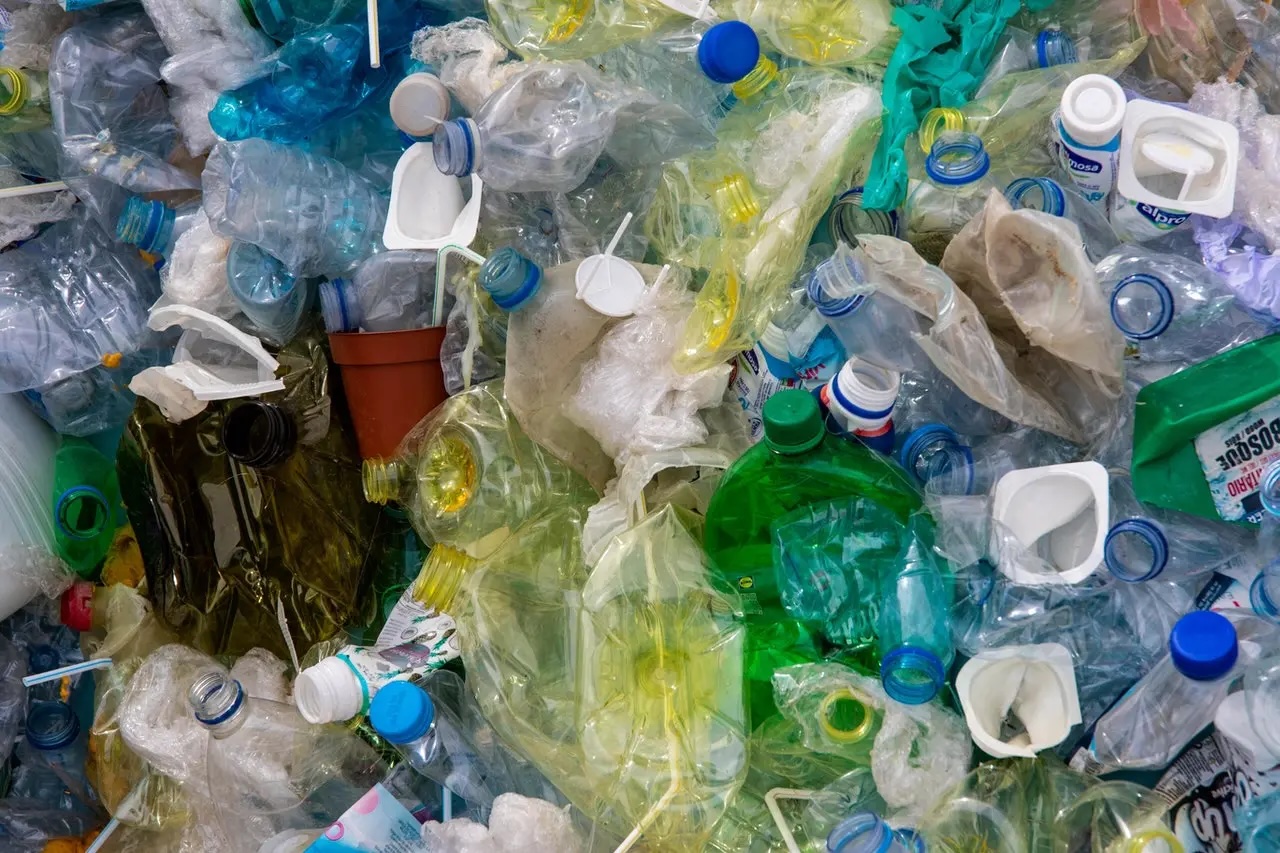Plastic Predicament: Unraveling Kathmandu’s Battle Against Plastic Waste
Author
Rabindra Lamichhane
Executive Director
Kathmandu is a city renowned for its cultural splendor and breathtaking natural surroundings. Despite its vibrant streets and ancient temples, an escalating threat looms over the city’s beauty and environmental health the escalating crisis of plastic waste. Kathmandu, like many other urban centers, is grappling with the repercussions of excessive plastic consumption. The once pristine Bagmati River, which flows through the valley, now bears witness to the city’s struggle with plastic pollution. The situation has reached a tipping point, demanding urgent attention and concerted efforts from both the government and the community.
One of the primary culprits behind Kathmandu’s plastic predicament is the ubiquitous single use plastic. From water bottles to food packaging, the city is inundated with disposable plastics that find their way into landfills and water bodies. Despite the government’s efforts to ban certain types of single-use plastics, implementation remains a challenge.
The lack of a comprehensive waste management system further exacerbates the issue. Many areas in Kathmandu lack proper waste collection infrastructure, leading to haphazard disposal practices. As a result, plastic waste often litters the streets, clogs drains, and poses a threat to the city’s overall hygiene.
To tackle this crisis, grassroots initiatives have emerged, driven by environmentally conscious individuals and organizations. Community-led clean-up drives aim to raise awareness about the detrimental effects of plastic pollution and encourage responsible waste disposal practices. These initiatives not only address the immediate issue of waste but also foster a sense of environmental stewardship in Kathmandu.
The government, too, has recognized the urgency of the situation and is working towards more stringent regulations and improved waste management infrastructure. However, the success of these measures hinges on effective implementation and community participation. It is imperative for citizens to actively engage in waste reduction practices, such as recycling and limiting the use of single-use plastics.
The plastic waste situation in Kathmandu is not just an environmental concern; it is also a social and economic issue. The impact of plastic pollution extends beyond aesthetics, affecting the health and well-being of the city’s residents. The burning of plastic waste releases harmful toxins into the air, posing serious health risks to those living in proximity to landfills.
Moreover, the tourism industry, a significant economic driver for Kathmandu, is under threat due to the deteriorating environmental conditions. Travelers are increasingly conscious of the environmental footprint of their destinations, and the sight of plastic-choked rivers and streets can deter them from choosing Kathmandu as their travel destination.
In conclusion, Kathmandu stands at a critical juncture in its battle against plastic waste. The city’s beauty and cultural significance are at stake, and urgent measures are needed to reverse the damage already done. Governmental policies, community engagement, and individual responsibility must converge to create a sustainable solution. The resilience and commitment of Kathmandu’s residents, combined with effective waste management practices, can pave the way for a cleaner, greener future—one where the Bagmati River flows freely, unburdened by the weight of plastic pollution.
Previous Story

